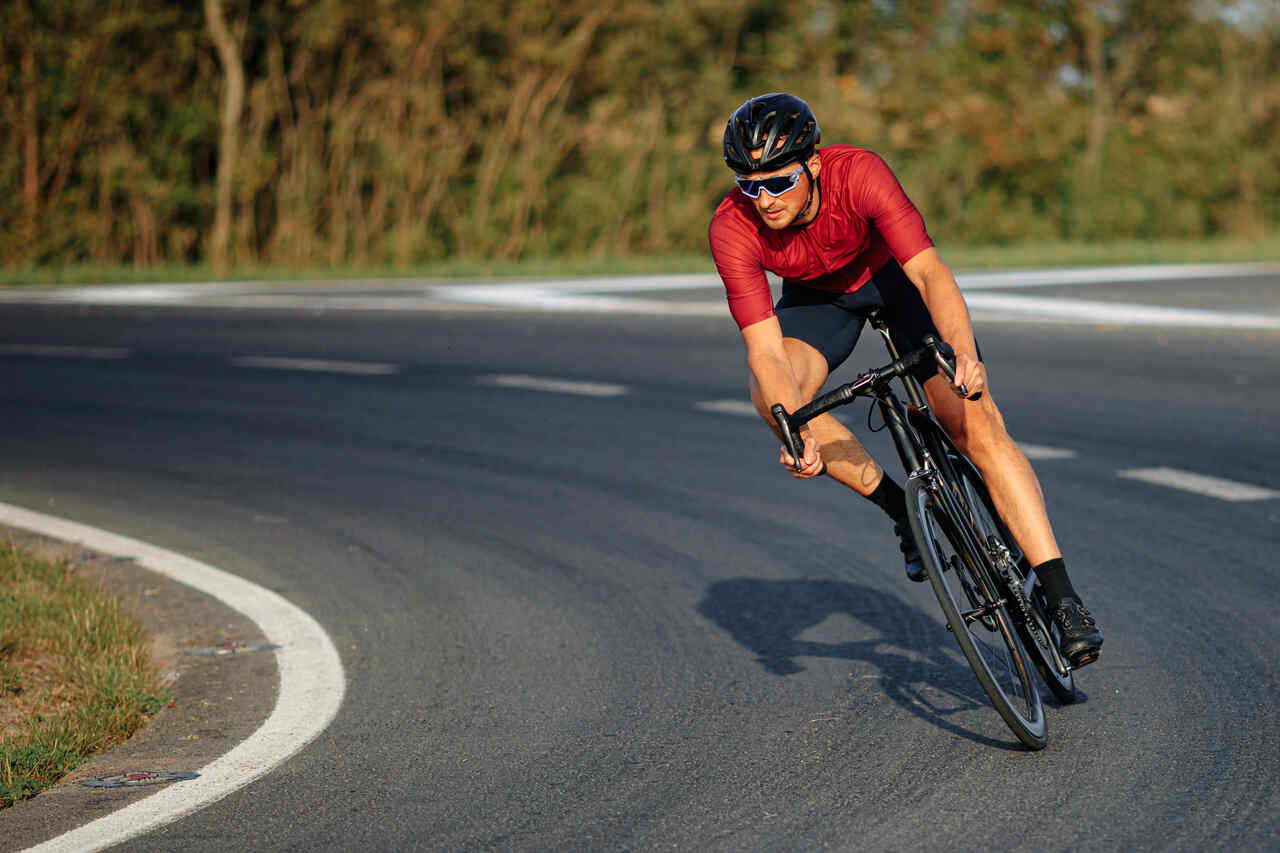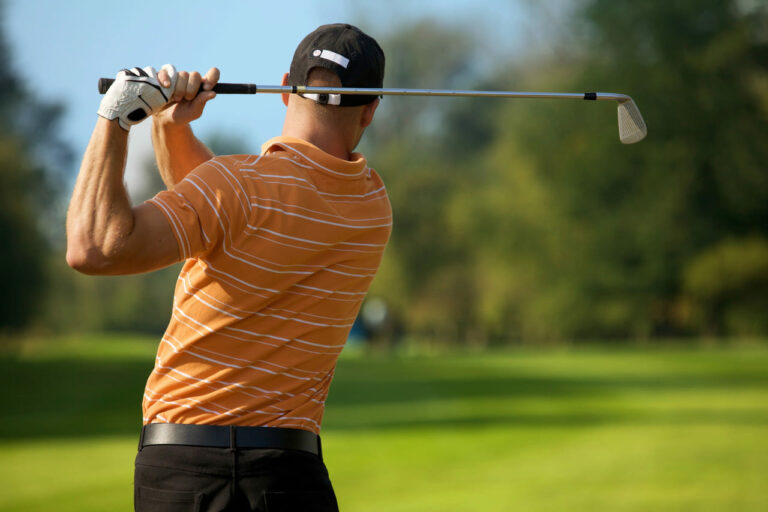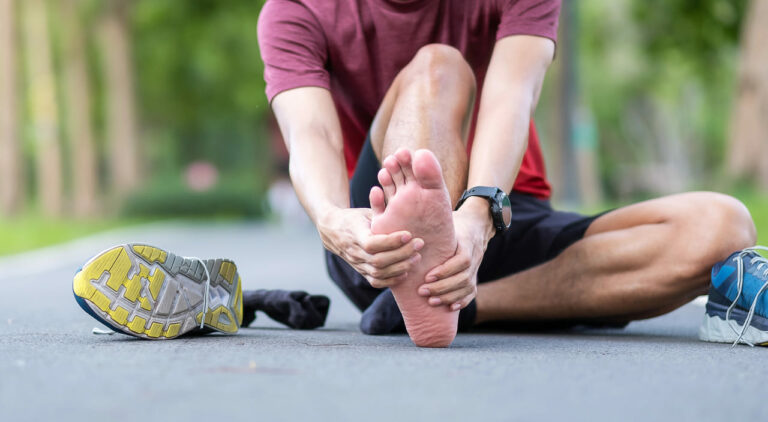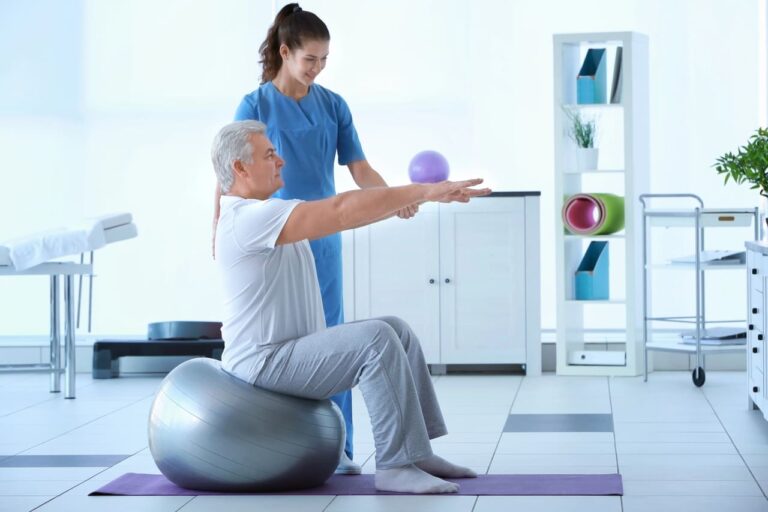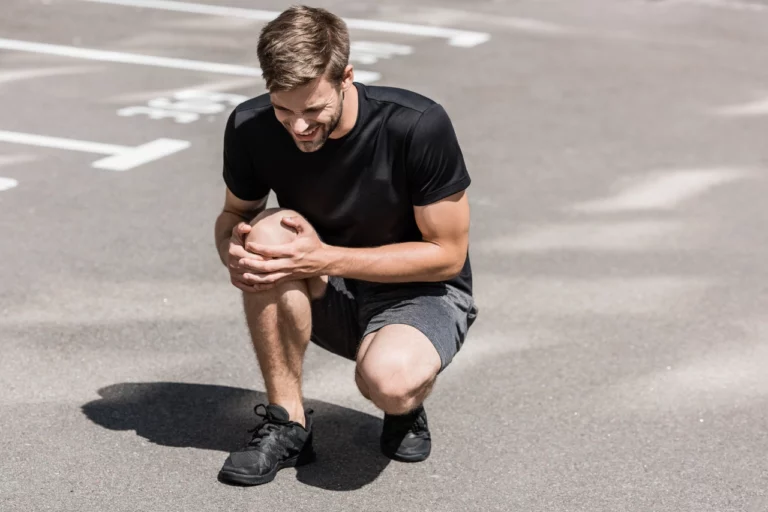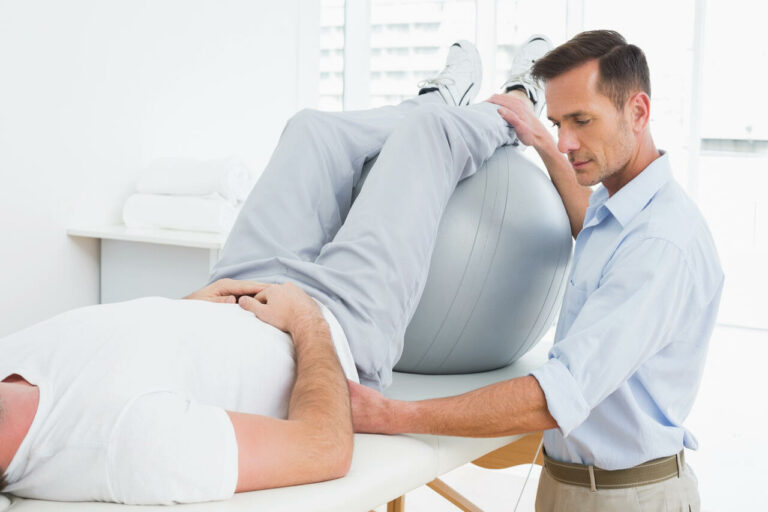Elevate Your Ride: How to Combat Knee Pain in Cycling
Cycling is a popular form of exercise and transportation that offers numerous cardiovascular and muscular benefits. However, it can sometimes lead to knee pain, a common issue affecting cyclists of all levels. Identifying the causes and understanding how to prevent and treat knee pain is crucial for maintaining cycling performance and overall knee health. In this blog, we will explore the causes of knee pain while cycling, prevention strategies, common injuries, effective stretches, the role of physiotherapy, recovery practices, and more to help you enjoy a pain-free cycling experience.
What Causes Knee Pain While Cycling?
Knee pain while cycling can stem from various factors, often related to poor technique, equipment issues, or underlying health conditions. Understanding these causes can help in effectively addressing and preventing pain.
- Improper Bike Fit: A poorly fitted bike can cause undue stress on the knees. If the seat is too high or too low, it can affect your pedalling motion, leading to knee strain.
- Incorrect Pedalling Technique: Using a high gear with excessive resistance can put too much pressure on the knees, leading to pain. Ensuring smooth and efficient pedalling can help prevent this.
- Weak Muscles: Weak quadriceps or hamstring muscles can lead to imbalances, causing the knee to compensate and resulting in pain. Strengthening these muscles is crucial.
- Overuse: Excessive cycling without adequate rest can lead to overuse injuries. It is important to incorporate rest days into your cycling routine.
- Poor Foot Positioning: Incorrect foot placement on the pedal can lead to misalignment of the knee, causing pain. Ensure that cleats and pedals are properly adjusted.
- Pre-existing Conditions: Conditions like arthritis or previous knee injuries can be exacerbated by cycling. Consult a healthcare professional if you have underlying conditions.
- Inadequate Warm-Up: Starting your ride without a proper warm-up can lead to muscle stiffness and knee pain. Incorporate dynamic stretches before cycling.
- Terrain Challenges: Riding on uneven or steep terrain can increase knee strain. Choose your routes carefully if you are experiencing knee pain.
- Improper Cycling Shoes: Shoes that do not fit well or lack proper support can affect knee alignment. Invest in quality cycling shoes for better support.
Understanding these causes is essential to implementing effective strategies to prevent knee pain and enhance your cycling experience.
Preventing Knee Pain When Cycling
Preventing knee pain when cycling involves a combination of proper bike fitting, technique, and physical conditioning. First, ensure your bike fits correctly; a professional bike fitting can significantly reduce knee strain. Adjust the seat height and position to maintain a slight bend in the knee at the bottom of the pedal stroke. Focus on developing a smooth pedalling technique, avoiding excessive force by using the right gear.
Incorporate strength training into your routine to enhance the muscles supporting the knee, particularly the quadriceps and hamstrings. Stretching and warming up before rides are also crucial to prevent stiffness and injuries. Finally, listen to your body and allow adequate rest and recovery time between rides to prevent overuse injuries.
Common Knee Injuries Associated With Cycling
Cycling, while generally lower impact than other sports, can still lead to several knee injuries if not approached correctly.
- Patellofemoral Pain Syndrome (PFPS): Often referred to as “cyclist’s knee,” this condition involves pain around the kneecap due to irritation of the cartilage. It is commonly caused by overuse or improper bike setup.
- Iliotibial Band Syndrome (ITBS): This condition results from inflammation of the iliotibial band, a ligament running along the outside of the thigh. It is often due to poor bike fit or muscle imbalances.
- Meniscus Tears: Sudden movements or incorrect pedalling can cause tears in the knee’s cartilage, leading to pain and swelling. This injury may require medical intervention.
- Tendinitis: Inflammation of the tendons around the knee, often due to overuse or improper technique, can cause tendinitis. This condition requires rest and rehabilitation.
- Bursitis: Inflammation of the bursa, a fluid-filled sac that reduces friction, can occur from repetitive motion. It often presents as swelling and pain in the knee.
- Ligament Strains: Ligament strains can occur from sudden changes in direction or improper cycling form. This can lead to instability and pain in the knee.
Understanding these common injuries can help cyclists take preventive measures and seek appropriate treatment when necessary.
Reducing Knee Pain: Recommended Stretches and Warm-Ups
Proper stretches and warm-ups can significantly reduce the risk of knee pain by increasing flexibility and preparing the muscles for cycling.
- Quad Stretch: Stand on one leg and pull the other foot towards your buttocks. Hold for 15-30 seconds to stretch the quadriceps.
- Hamstring Stretch: Sit on the ground with one leg extended. Reach towards your toes to stretch the hamstrings, holding the position for 15-30 seconds.
- Calf Stretch: Stand facing a wall, place one foot behind the other, and lean forward to stretch the calf muscles. Hold for 15-30 seconds.
- Hip Flexor Stretch: Kneel on one knee and push your hips forward while keeping your back straight to stretch the hip flexors.
- IT Band Stretch: Cross one leg over the other and lean to the side, holding the stretch for 15-30 seconds to target the iliotibial band.
- Dynamic Leg Swings: Stand next to a wall for support and swing one leg forward and backward to warm up the hip and knee joints.
Incorporating these stretches and warm-ups into your routine can enhance flexibility, reduce tension, and prepare your body for a more comfortable ride.
The Role of Physiotherapy in Addressing Knee Pain
Physiotherapy plays a crucial role in addressing knee pain for cyclists by offering tailored treatments and exercises.
- Assessment: Physiotherapists assess the root causes of knee pain, considering factors like bike fit and muscle imbalances.
- Personalized Exercise Plans: They develop customized exercise programs to strengthen muscles and improve flexibility, reducing stress on the knees.
- Manual Therapy: Techniques such as massage and joint mobilization can relieve pain and improve joint function.
- Education: Physiotherapists educate cyclists on proper techniques and posture to prevent future injuries.
- Rehabilitation: They guide cyclists through rehabilitation exercises to recover from injuries and return to cycling safely.
- Pain Management: Physiotherapy offers pain management strategies, including modalities like ultrasound or electrical stimulation.
Physiotherapy provides comprehensive support to address knee pain effectively, promoting long-term knee health for cyclists.
Best Recovery Practices After a Long Ride
Proper recovery practices after a long ride are essential to alleviate knee strain and enhance performance.
- Cool Down: Gradually reduce intensity towards the end of your ride to allow your body to transition to a resting state.
- Stretching: Perform post-ride stretches for major muscle groups to enhance flexibility and reduce stiffness.
- Hydration: Replenish fluids lost during the ride to maintain optimal body function and recovery.
- Nutrition: Consume a balanced meal or snack rich in protein and carbohydrates to aid muscle recovery.
- Ice Therapy: Apply ice packs to the knees to reduce inflammation and alleviate pain after a long ride.
- Foam Rolling: Use a foam roller to massage muscles and improve circulation, aiding in recovery.
Implementing these recovery practices can help cyclists maintain knee health and improve overall performance.
How Strength Training Supports Knee Health for Cyclists
Strength training is a vital component in supporting knee health for cyclists. By strengthening the muscles surrounding the knee, such as the quadriceps, hamstrings, and calves, you can enhance joint stability and reduce stress on the knee during cycling. Incorporating exercises like squats, lunges, and leg presses into your routine can build muscle endurance and power, translating to more efficient cycling performance.
Additionally, core strengthening exercises help improve posture and balance, further supporting knee alignment. Consistent strength training not only aids in injury prevention but also enhances recovery by promoting better muscle function and resilience, allowing cyclists to ride longer and more comfortably.
Signs of Serious Cycling-Related Knee Issues
Recognizing the signs of a more serious knee issue is crucial for timely intervention and treatment.
- Persistent Pain: Pain that does not subside with rest or continues to worsen may indicate a more serious problem.
- Swelling: Significant swelling around the knee joint can be a sign of injury and should be evaluated by a professional.
- Limited Range of Motion: Difficulty bending or straightening the knee fully may suggest underlying joint issues.
- Instability: A feeling of the knee giving way or being unstable can indicate ligament damage or other structural problems.
- Clicking or Popping Sounds: Unusual sounds accompanied by pain during movement can signal cartilage or ligament issues in the knee.
- Numbness or Tingling: These sensations can point to nerve involvement and require medical attention.
Addressing these signs promptly with professional evaluation can prevent further damage and ensure appropriate treatment for cyclists.
Safeguarding Knee Health: Indoor Cycling vs. Outdoor Riding
Indoor cycling can be safer for the knees compared to outdoor riding due to the controlled environment it offers. The absence of uneven terrain and sudden stops reduces the risk of impact-related injuries. Additionally, indoor cycling allows for more consistent pedalling, minimizing the strain on the knees from constant gear shifts and terrain changes.
The ability to adjust resistance levels precisely helps in maintaining an optimal range of motion and reducing overexertion. However, it is crucial to ensure proper bike setup and posture to prevent knee strain. While indoor cycling provides certain advantages, outdoor riding offers diverse challenges that can enhance overall cycling skills when approached with caution.
Helping You Ride Pain Free
Cycling offers numerous health benefits, but knee pain can hinder your enjoyment and performance. By understanding the causes, prevention techniques, and treatment options, cyclists can maintain optimal knee health and continue enjoying their rides.
If you are experiencing knee pain, or wish to enhance your cycling experience, book a session with Propel Sports Physical Therapy in Edmonton South. Our team is dedicated to providing personalized support to help you achieve your cycling goals and maintain pain-free mobility.

